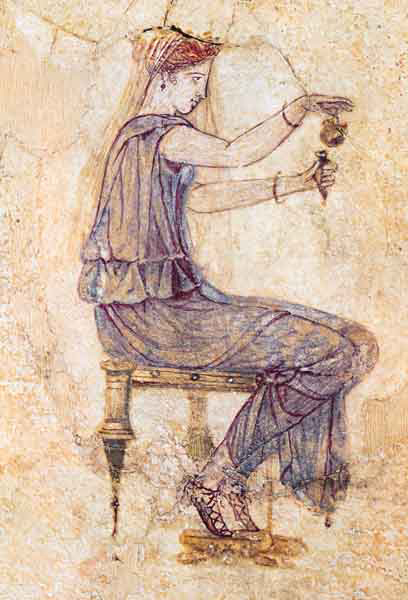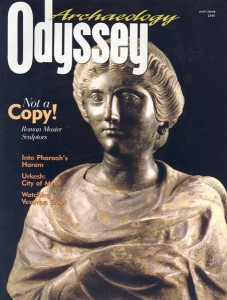Debunking the Copy Myth
Roman sculptors did not just imitate Greek masters; they produced beautiful, original works in their own right.

Who would think that a marble statue weighing more than a ton could be invisible? Yet that is the fate of hundreds of Roman statues in museums all over the world. Huge, white and shiny, they line galleries of classical art, but no one ever sees them. Their labels make them invisible.
Each is identified as a “Roman copy of a Greek original.” The labels usually give the date, too: “Roman copy of a fourth-century [or fifth-century] Greek work.” Sometimes they even name the Greek artist: “Roman copy of a work by Praxiteles”—or Phidias, or Scopas, or Lysippus. Rarely do the labels have anything to say about the work that is in front of you; it is hardly ever dated, and the artist’s name is almost never given. These Roman statues are simply imagined as lenses through which we can dimly perceive Greek beauty. This is a myth that has bedeviled students of classical art for 200 years, leading to a misunderstanding of Roman and Greek sculpture.
Already a library member? Log in here.
Institution user? Log in with your IP address.

